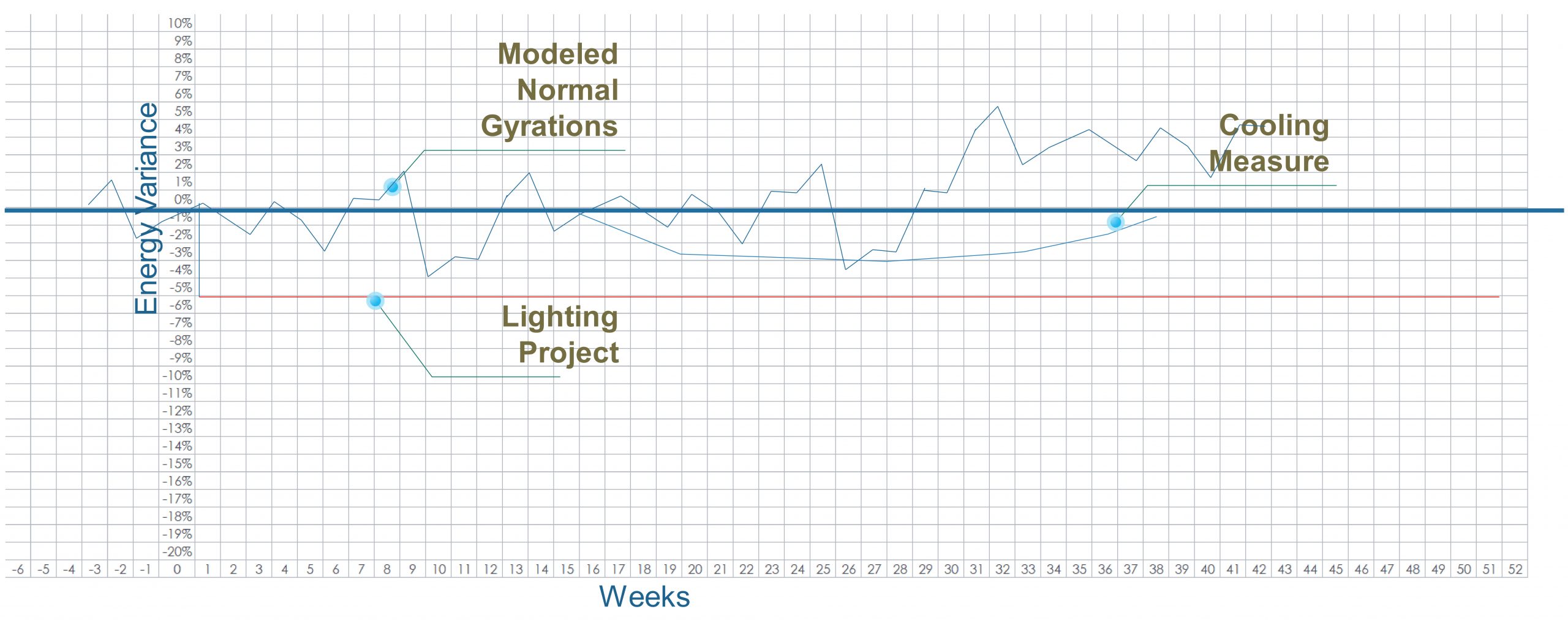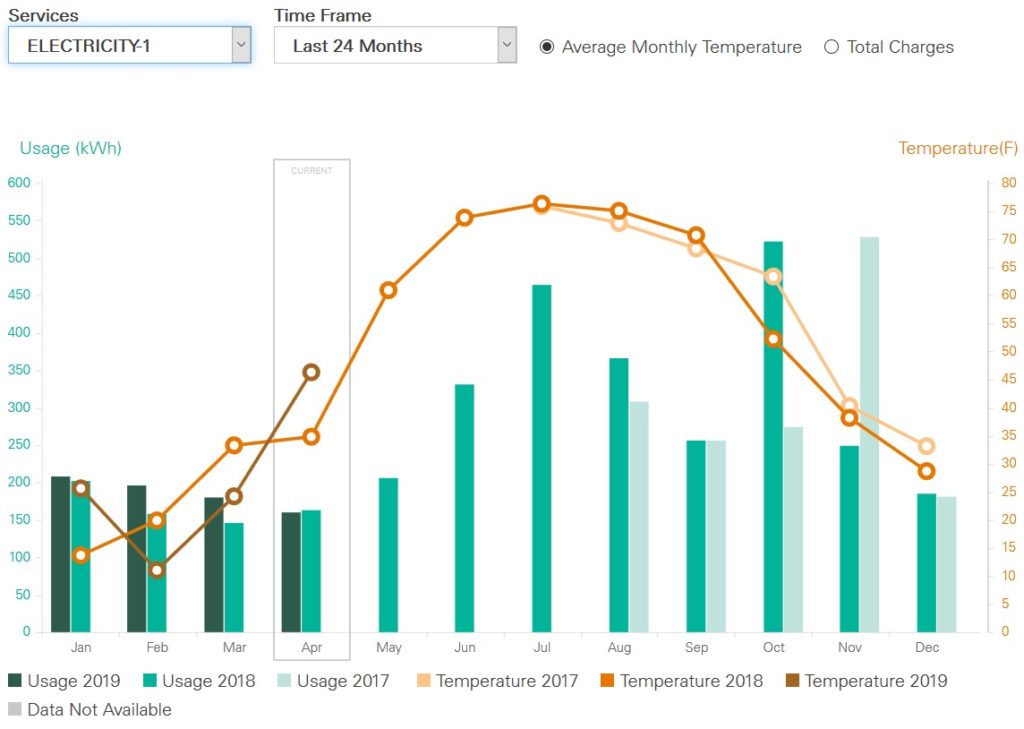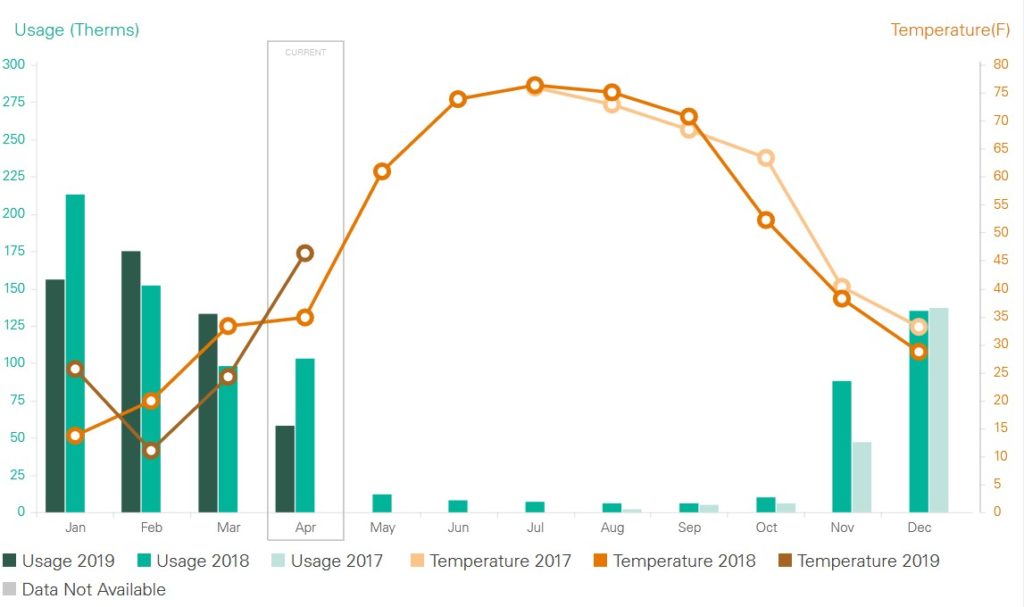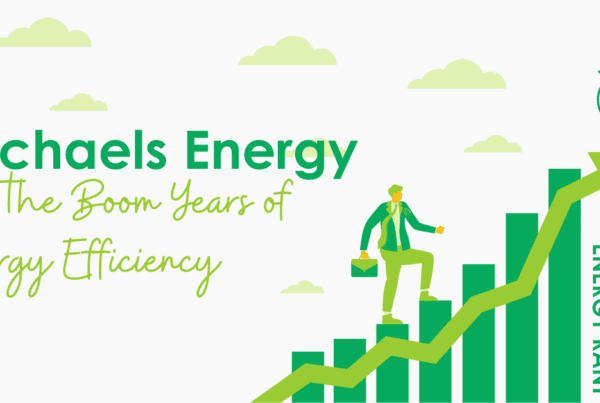
Normalized metered energy consumption, or NMEC, is another name for the nerdy term, EM&V 2.0[1]. Why the switch? Maybe en-meck spills out of the mouth a little easier. Maybe EM&V 2.0 got the bad rap it deserved as I explained a couple years ago in Whale Bus or Airbus and Automated M&V in Your Dreams.
We need not only the user’s manuals for how to deploy NMEC; we need protocols for how to apply NMEC, where it works well, and where it doesn’t.
NMEC Explained
The following would never happen, but I need a way to explain how NMEC works to my non-technical and brilliant readers who are new to the industry. Consider a 220-pound man as a lab rat, and we want him to lose 50 pounds to better match his five foot, ten-inch frame. Since he’s a lab rat, we can measure his caloric intake precisely (you can see why this would never happen, aye?). We track this over time. The caloric intake varies daily, but it averages about 3,500 calories. At steady state, he weighs 220 lbs with a 3,500 calorie per-day fuel consumption.
Now we deploy our intervention and fuel him with only 2,000 calories per day. He has the same sofa and television. We’re not adding mini-golf or badminton to his exercise regimen. The pounds start dropping. We can plot this over time, and at some point, it levels out at 165 lbs. Congratulations, rat. You’ve exceeded your goal.
Lo and behold, Vox published sample charts of test specimens, courtesy of the Journal of the American Medical Association. The control group line in the chart below would reflect the rat’s business as usual weight over time.

There it is. The control group represents the normalized baseline of business-as-usual activity. The curves below include various combinations of caloric intake reduction, exercise, and of course, weight loss.
Efficiency Program Types
Because NMEC will work better for some programs than others, let us consider various program types that exist today. For this, I refer to Pacific Gas and Electric’s Savings Rulebook 0.99b. Do not fear, the program types noted apply everywhere and not just in California. They include:
- New construction; residential and non-residential
- Retrofit or add-on equipment (e.g., variable frequency drive); early retirement or on burn out, residential and non-residential
- Behavioral; residential and non-residential
- Retrocommissioning and operational
- Weatherization
Participants in the various measure types above respond differently to intervention. Some will have step changes that last all year. Some will be continuously improving, like the rat. Some will see seasonal improvements, not to mention impacts that vary with time of day.
New Construction
Bluntly, NMEC doesn’t work for new construction because no business-as-usual case (baseline) has been established.
Retrofits
NMEC can work for retrofits, with many strings attached, which is the crux of this post.
See the curves in the JAMA plot above. Their shapes asymptotically approach a new steady-state weight. Each resembles the same type of curve – only the depth (weight loss) and time to attain a new steady state vary by group. I mocked up an over-simplified plot below for electricity consumption and a couple of measures – lighting and a cooling measure. It is oversimplified because it shows only normal gyrations in energy consumption compared to an established model of energy consumption. Here in the upper Midwest, for example, we have a summer bulge of cooling energy and a winter bulge of heating energy. These are shown in screen scrapes of my Xcel Energy bills below. I used the electric heat pump rather than a gas-fired boiler at the outset of the 2017 and 2018 heating seasons. Good luck with that, modeler.



Non-Routine Monkey Wrenches
Cue the sound of grinding gears, scratched records, and fingernails on the chalkboard. Non-routine events, or NREs, include anything other than the intervention (project or measure being implemented) that substantially impacts energy consumption.
For the dieting rat described above, and NRE might include picking up a habit of running marathons in addition to caloric intake reduction. Other NREs include a large tenant moving out of a commercial office building, or in the case of shopping malls, anchor stores going out of business. Finally, NREs include capital improvements or operational changes that increase or decrease energy consumption – things that have nothing to do with the intervention we are trying to assess remotely via NMEC.
These non-routine monkey wrenches can easily result in more phone calls, running silly, and wasting money, than going to the site and isolating what was done without regard for all sorts of other things happening in the facility – you know, EM&V 1.0.
Next Week
I have some protocols I will discuss next week.
- What are the limitations of NMEC; where does it work and when should conventional M&V be deployed?
- What are some better-than-best practices for NMEC deployment?
PG&E Fire Strategy
A couple weeks ago I opined that the scorched earth lawsuits and bankruptcy of Pacific Gas and Electric served no one, and that a combination of blind renewable energy ambition and urban planning, among other policies, are endangering lives.
On Saturday, April 27, PG&E announced a “radical plan” to avoid transmission and distribution system-sparked wildfires: open the breaker and shut off power to the tinderboxes for explosive fire risk events. These blackouts would cut power to over five million people for up to five days when hot, dry winds are at their peak.
This brings another set of risks and losses, but it will save lives. Frankly, it seems like a brilliant response.
[1] Evaluation, measurement and verification (EM&V)





Join the discussion 2 Comments